
When I moved to Panama almost 15 years ago, it was considerably different than what I see today. Just a couple of weekends ago, I woke up to find numerous emails from friends who wanted to make sure I knew about The New York Times article entitled 36 Hours, Panama City, Panama. I’ve always loved the series the Times has run for decades about various cities and how to enjoy them in a short amount of time. I really love it when I know the spotlight destination, especially my hometown.
It’s not the first time the Times has run a 36 Hour article on Panama City. In recent history there have been two others, one on April 21, 2011 and a more historical piece on September 9, 2005. I know it seems odd to call 2005 “historical” but the way Panama City has changed, it is exactly that—historical. That article appeared less than six years after the Canal was given back to the Panamanian people, seemingly a lifetime ago!

Not Miami, Dubai or Singapore
When you put the three Times’ articles together, it’s easy to illustrate just how much Panama has grown in the last 18 years. In 2005 it was reported that Panama was the new Miami, in 2011 it had jumped to Dubai and most recently the comparisons have been to Singapore. I find myself mumbling, “we are Panama—unique and different—just Panama”; although those comparisons are not unflattering.
The 2011 article reports a round trip ticket to Taboga Island went for $6 and today that ticket cost $24. A $65 ticket to the island for a day of fun wasn’t available in 2011 but today it includes an open air lunch of freshly caught fish and beach chairs for the day. A glass of wine, in 2011 cost $3.50 and that same glass is easily three times that today in many of the upscale restaurants that dot the city. Beer remains your relatively inexpensive option. In 2011 it was $2.50 and today it normally goes for only $3.50 or $4.00.
A “Squatters Slum”
The 2005 article mentions how the old city, Casco Viejo, a newly named UNESCO World Heritage Site and oldest surviving European settlement on the Pacific Coast of the Americas had been “abandoned by the city’s elite” and become “a squatters slum”. Today, many of the most upscale hotels and eateries are located there and everyday tourist descend on the area taking photographs of the meticulously restored buildings, ordering expensive drinks and supporting the indigenous people by buying molas and other original art.
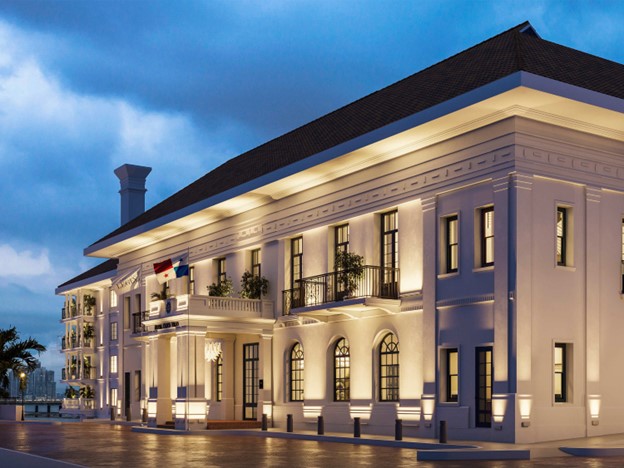
One of the most stunning new facilities is Hotel La Compania part of Hyatt’s luxury group, The Unbound Collection, and it boasts tributes to Panama’s long and varied history. There are three sections including the French Colonial wing, built by Jesuit priests in 1739, the Spanish Colonial area, dating back to 1688 and the American section dating to 1904. This relatively new spot has five restaurants and two bars—one on the roof offering specular views of Panama City. There is also a world-class spa, library and wine cellar.
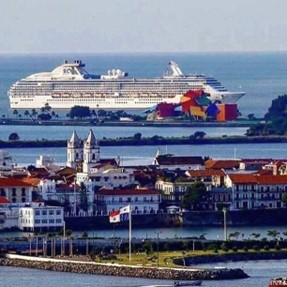
Not Dependent On Tourism
Unlike Costa Rica and some other Latin American neighbors, Panama has never wanted to develop a dependency on tourism. It remains a relatively small portion (8.6%) of Panama’s Gross Domestic Product (GDP) but that is changing. In the last 18 months a convention center, the largest in Central America, opened and can accommodate over 20,000 visitors daily. Two high-end cruise terminals are just becoming highly used and are now turn around destinations creating the opportunity for tourists to begin and end their trip in Panama City. Hotels are booking up and more are being built daily. Giant buses cart people to the Gamboa National Forest and the Panama Canal, while others walk the streets of Panama’s capital.
The Real Truth
In part, because I sell real estate in Panama, I’m always excited to find positive leaning articles and especially ones that, in my opinion, are truthful. Travel & Leisure has recently (February, 2023) published several reports about the hot new tourism opportunities in Panama City. Conde Nast Traveler, recently ran an article about how an editor had a hard time packing for a weekend in Panama City because there was everything from infinity pools to be enjoyed to canoeing in the Panama Canal along with tasting menus and salsa dancing. I would have told her, Panama is pretty laid back and the same outfit can pretty much go from morning to evening. I also might have offered that not everyone is looking for five-star hotel rooms and perfectly seared 30 oz. tomahawk steaks.
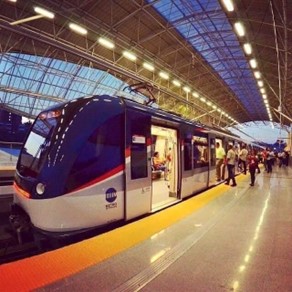
What many of the glossy publications don’t report is the influx of nomadic employees seeking the great internet connections in Panama, cost-effective AirBnBs, the young affluents pouring through Tocumen International Airport (PTY) looking for eco-tourism and offerings of yoga retreats, bird watching and glamping.
In lesser-known publications, I also often read about how expats can today live well on $1,400 a month. That is really marginalizing the true situation. When I arrived 15 years ago, you absolutely could live amazing well on very little. Gated residences overlooking the Pacific Ocean and fresh ceviche for a $1 a cup could easily be found. Not today.
The 2005 Times article talked about a huge breakfast, complete with a second café con leche for around $8 total. That rarely happens today and almost never in Panama City.
I wish 15 years ago I had known what I see now. With gleaming skyscrapers, regional businesses bringing in employees by the dozens, top research scientists competing for spots at the 12 locations of the Smithsonian Institution, cruise passengers lining up to taste the best coffee in the world and investment opportunities that have ballooned.
It’s important to do the research on why Panama remain a good investment even though it has grown so significantly. There is the fact Panama has an economy pegged to the USD without a central bank and the ability to simply print more money. A balanced economy, a government welcoming of foreign investment and business, a well-educated employee base and residential and school opportunities for all types of families.

There are currently three projects in which I am most interested and which I think offers the best return on investment and for very different reasons.
It’s Not All Panama City
The expat community of Boquete has long been attractive for individuals not seeking beach-front or highly urban living. Boquete is located about 350 miles from Panama City and 40 miles to the Costa Rican border. High into the mountains, the location on the side of inactive Volcan Baru, provides steady spring-like weather, where flowers, birds and coffee grow and exist in harmony along with vibrant expats.
Until recently it was hard to find a good investment opportunity in Boquete, much less new residential construction loaded with apartment-like amenities.

Pinoalto
Pinoalto is a project that shares space in the Boquete Country Club, with golf, equestrian, tennis and other sports facilities. The construction even includes an on-site medical community.
Pinoalto is in the pre-construction stage which allows for instant equity and the choice of best locations.
Costa del Este! Costa del Este!
The upscale area of Costa del Este continues to provide some of the best residential options in Panama as well as outstanding investment opportunities. Depending on what you need, there are a couple of really great projects available.
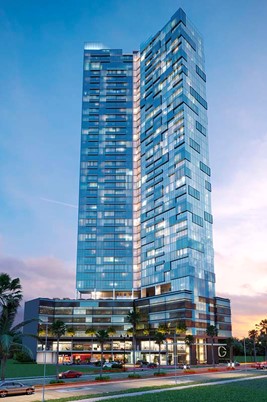
Generation Tower
Generation Tower will run as a Condo Hotel for short or long term stays with on-site management. This property is designed for investors who are looking to capitalize on the housing needs of transferred business executives and the new tourists seeking a longer stay than a traditional hotel.
Soaring more than 40 stories, Generation Tower will come with retail options on the lower levels and a shared business center, sports facilities, spa, pool and social areas. Steps from the Town Center Mall, it also capitalizes on stunning ocean views and the central park.
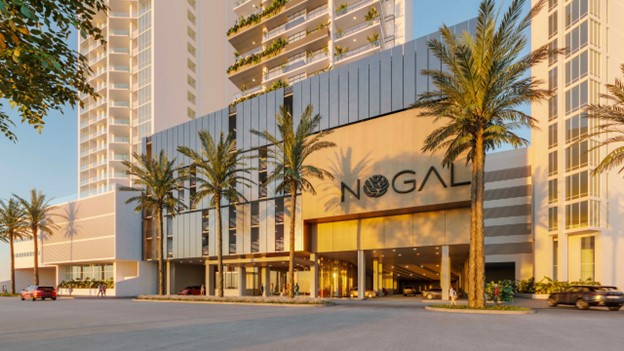
Nogal
The Next 36 Hour Article
I wish I could currently read the next 36 Hour article, The New York Times might write about Panama City. I wish I knew exactly just how explosive the growth will be and I wish I knew if Panama develops into Miami, Dubai or Singapore—or just Panama City!

 Copyright 2024
Copyright 2024
Social Widget